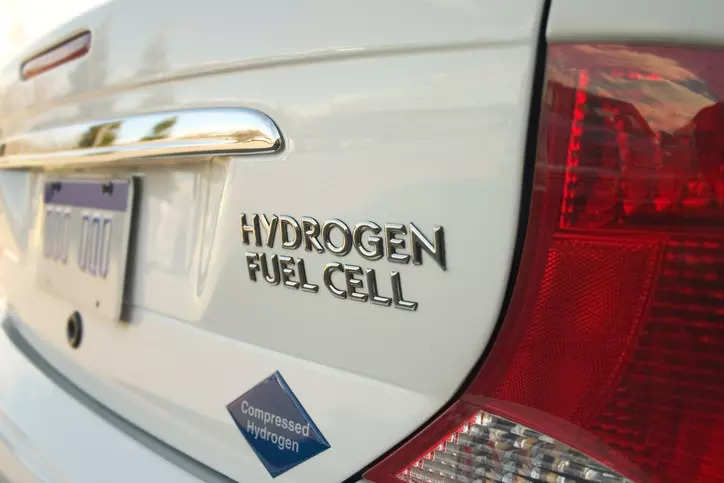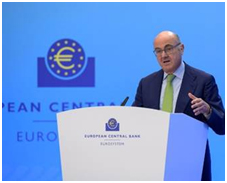 |
Dear Readers,
We share the latest edition of our Energy Transitions newsletter, brought to you by CSE's Renewable Energy team.
Biohydrogen plays a pivotal role in India's transition toward green hydrogen. This edition emphasizes on the approval of India's National Green Hydrogen Mission, aims to set an ambitious target of achieving a green hydrogen production capacity of five million tonnes per annum by 2030.
Exploring diverse pathways for hydrogen production, it distinguishes between conventional methods reliant on fossil fuels and renewable technologies leveraging sources such as solar, wind, and biomass. A notable highlight is the increasing industrial interest in biogas reforming, a process that converts biogas into environmentally friendly bio-hydrogen.
Scrutinizing the absence of a universally accepted definition for "green" hydrogen, the author sheds light on efforts by the Union Ministry of New & Renewable Energy in India to establish a definition with specific sustainability criteria. It underscores the global importance of establishing hydrogen standards, particularly within the framework of the Global Biofuel Alliance.
Turning attention to the voluntary carbon market, often considered a closed-door affair, is a complex ecosystem involving developers, verifiers, validators, and registries aiming to profit from carbon offset projects. In India, project data is held by global carbon registries like Verra, based in Washington, DC, and others. Registries set standards, verify projects, and issue carbon credits. Prices are negotiated behind closed doors. Major registries include Verra, Gold Standard, American Carbon Registry, and the Global Carbon Council. Buyers, including major corporations, purchase credits to offset emissions. Despite the market's transactions reaching $2 billion in 2021, the pricing lacks transparency and may not align with decarbonization goals. Real project owners, such as communities or companies, often find limited representation in this system.
In a separate section, the report on the IEA Critical Minerals and Clean Energy Summit reveals collective endorsements of actions to ensure sustainable and ethical supply chains for essential minerals. The rising demand for critical minerals like copper, lithium, nickel, and cobalt in clean energy technologies is explored, emphasizing the necessity for international cooperation and incentives for responsible production.
Below, you'll find additional news and analysis for your review. I trust you'll find these insights valuable. Additionally, I encourage you to explore CSE training programs; they offer opportunities worth considering. Be sure to check out the list of relevant publications and articles-a resource that is likely to captivate your attention and deepen your understanding of this subject.
|
|
 |
| |
 |
|
| |
 |
 |
| |
Binit Das
Renewable Energy
CSE |
| |
|
 |
|
|
| |
 |
|
| |
|
|
| |
 |
|
| |
|
|
| |
 |
|
| |
|
|
| |
|
|
| |
|
|
| |
|
|
| |
|
|
| |
|
|
| |
 |
|
| |
|
|
|
|
|
| |
 |
|
|
CSE PUBLICATIONS |
|
| |
|
|
| |
|
|
| |
|
|
|
NEWS |
|
| |
|
|
| |
|
|
| |
 |
|
| |
|
|
| |
|
|
| |
 |
|
| |
 |
 |
|
Where would the Indian green hydrogen market be in 2030?
Economic Times (Oct 10, 2023) |
| A recent report by Emkay estimates the production at around 4.5 mmtpa. "The inclusion of targets from major players like RIL, and others not yet disclosed, can push this number even higher," the report noted. |
|
 |
|
|
| |
|
|
| |
|
|
| |
|
|
| |
|
|
| |
|
|
| |
 |
 |
|
EU Parliament passes bill hiking RE targets
Reuters (Sep 12, 2023) |
|
EU lawmakers gave their final approval to legally binding targets to expand RE faster this decade, a central part of Europe's plans to curb climate change and shift away from fossil fuels.
|
|
 |
|
|
| |
|
|
| |
 |
|
| |
Get other CSE Newsletters in Your Inbox |
|
|